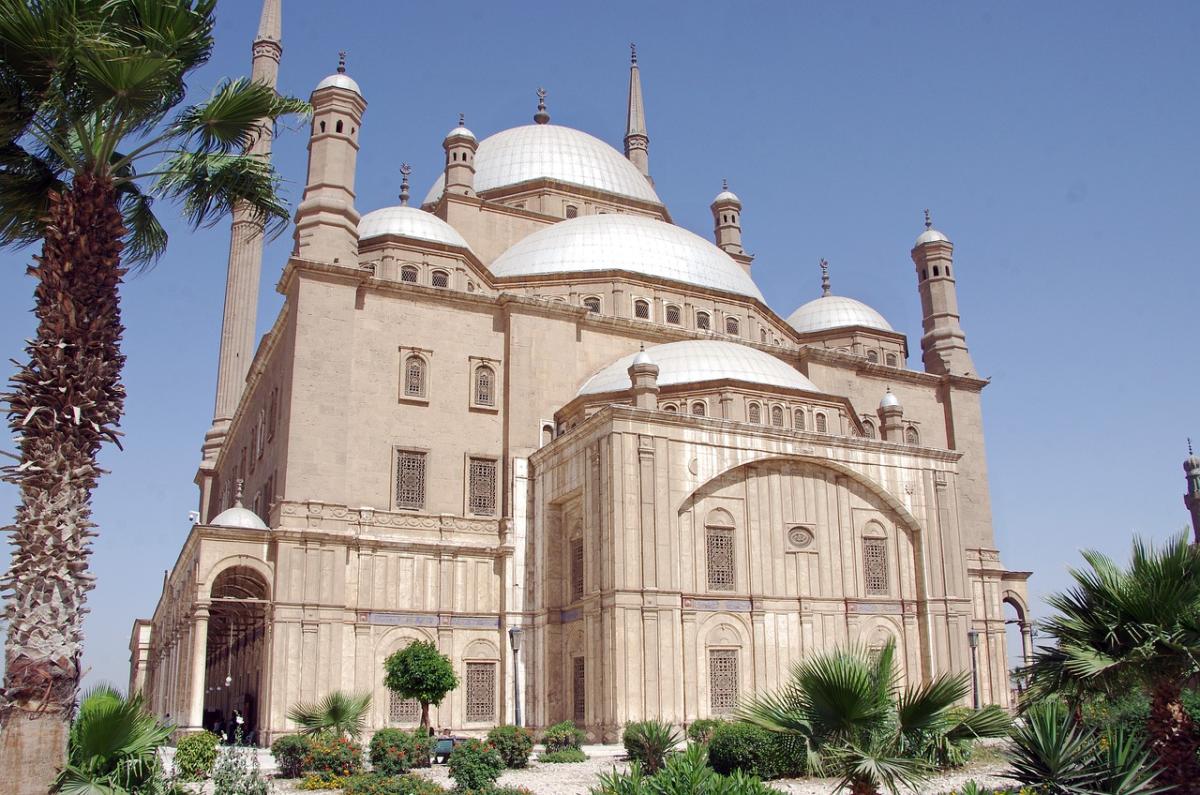
The Legends Behind Cairos Spectacular Citadel
The Citadel of Cairo is an ancient fortress located in the heart of the city and one of its most iconic landmarks. Built by Salah ad-Din during the 12th century, it was used to protect Egypt from invaders and to control trade routes between East and West. The Citadel has served as a military residence, royal palace, religious site, and museum over its long history. It was also home to many famous rulers such as Sultan Qaitbay who further fortified it with walls that still stand today. Despite being subjected to several attacks over time, this majestic structure still stands tall above Cairo's skyline - a reminder of its glorious past which symbolizes power and faith for both Egyptians and visitors alike.
The Citadel as a Military Residence
The Citadel of Cairo has long been an important military residence for many rulers throughout its history. Its strategic position atop a hill overlooking the surrounding area makes it ideal for defending against attackers. This was especially crucial during the 12th century, when Salah ad-Din built the fortress to protect Egypt from foreign invaders and secure trade routes between East and West. The impressive walls he added to further fortify the structure remain standing today as a testament to his success in this endeavor.
Along with providing protection, the Citadel also served as a symbol of power among those who resided there. Over time, it became home to many famous sultans such as Sultan Qaitbay who reinforced its defenses by adding additional walls and towers for extra security. It also provided them with lavish living quarters complete with gardens, courtyards, mosques and other luxurious amenities - all designed to represent their influence over Egypt's historic center.
The military importance of this ancient site is further highlighted by its frequent use in battles over time; most notably during Napoleon’s 1798 invasion of Egypt where he attempted but failed to take control of it due to fierce resistance from Egyptian forces stationed inside the fortress' walls. To this day, visitors can still see evidence of these struggles in certain areas around the citadel that have been damaged or destroyed over time due to warring armies trying unsuccessfully to breach its mighty defences.
Landmarks of the Citadel
The Mosque of Muhammad Ali is one of the most iconic landmarks within the Citadel. Built in the early 19th century, it was commissioned by Muhammad Ali Pasha who wanted to honour his grandfather and namesake. The mosque's grandeur and size are testament to its importance among Egyptians, as it stands proud atop a hill overlooking Cairo with its golden onion-shaped domes reflecting off the sun - an awe-inspiring sight for all visitors. Inside, intricate Islamic calligraphy adorns every wall while numerous stained glass windows bring light into the prayer hall below.
Another important religious site found inside the Citadel is Al-Nasir Muhammad Mosque which dates back to 1295 when Sultan al-Nasir built it during his rule over Egypt. This impressive structure features ornately decorated walls and ceilings depicting scenes from nature and everyday life - a reminder of why this building has been so treasured throughout history. Visitors can also explore its many courtyards filled with lush gardens that provide relief from Egypt’s hot climate while admiring some of Cairo’s best views from above.
For those interested in learning more about military history, they should visit The Military Museum located inside the Citadel which showcases various weapons used by Egyptian armies throughout time such as swords, guns, cannons and even modern tanks! In addition to these artefacts there are also interactive displays where visitors can test their knowledge or watch videos related to different battles fought here in past centuries - making this museum an ideal place for both adults and children alike!
Finally, no tour around this ancient fortress would be complete without admiring its defensive walls which have protected Egypt since Salah ad-Din first constructed them in 1176 CE as part of his plans to safeguard against foreign invasions. These towering structures still stand strong today despite being subjected to numerous attacks over time; providing visitors with a tangible reminder of how powerful rulers like him once were when they resided at this majestic citadel centuries
The Citadel as a Royal Residence
The royal palaces of the Citadel have long been a symbol of power and grandeur in Cairo. The first palace was built by Salah ad-Din during the 12th century, who wanted to create an impressive residence that could serve as his own personal base from which he could rule Egypt. This original structure underwent several renovations and additions over time, with famous rulers such as Sultan Qaitbay adding more walls and towers to further fortify it against invaders. It eventually became home to many sultans who utilized its strategic location atop a hill overlooking the city for both protection and prestige purposes.
These palaces served not only as a military fortress but also as a luxurious residence where rulers would enjoy lavish amenities such as gardens, courtyards, mosques and other luxuries befitting their status. These various features combined made these living quarters an ideal place for sultans to showcase their wealth and influence throughout history - something that is still evident today when one visits this ancient site.
In addition to providing protection against foreign invasions, the Citadel's royal residences were also used for religious purposes; most notably through Al-Nasir Muhammad mosque which was built in 1295 by Sultan al-Nasir during his rule over Egypt. This impressive structure featured ornately decorated walls and ceilings depicting scenes from nature alongside intricate Islamic calligraphy - all designed to show off its importance within Egyptian culture at the time.
The Mosque of Muhammad Ali is another important religious landmark found inside these royal residences which dates back to early 19th century when it was commissioned by Pasha himself in honour of his grandfather; Muhammad Ali Pasha . Its golden onion-shaped domes reflect off the sun while visitors can admire its stunning interior design featuring stained glass windows that bring light into prayer hall below making this magnificent building one of Cairo's most iconic sights even today!
Cultural and Religious Importance of The Citadel
The Citadel of Cairo has long been a major symbol for both Egyptians and visitors alike, representing power and faith. Its strategic position atop a hill overlooking the surrounding area makes it ideal for defending against attackers, while its grand architecture serves as an awe-inspiring reminder of Egypt’s glorious past.
At the centre of this ancient site lies Al-Nasir Muhammad Mosque which dates back to 1295 when it was built by Sultan al-Nasir during his rule over Egypt. This impressive structure features ornately decorated walls and ceilings depicting scenes from nature alongside intricate Islamic calligraphy - all designed to show off its importance within Egyptian culture at the time. The mosque is also home to several courtyards filled with lush gardens that provide relief from Egypt’s hot climate while admiring some of Cairo's best views from above - making it a popular destination among tourists visiting the city today.
For those interested in learning more about military history, they should visit The Military Museum located inside the Citadel which showcases various weapons used by Egyptian armies throughout time such as swords, guns, cannons and even modern tanks! In addition to these artefacts there are also interactive displays where visitors can test their knowledge or watch videos related to different battles fought here in past centuries - making this museum an ideal place for both adults and children alike!
Finally, no tour around this ancient fortress would be complete without admiring its defensive walls which have protected Egypt since Salah ad-Din first constructed them in 1176 CE as part of his plans to safeguard against foreign invasions. These towering structures still stand strong today despite being subjected to numerous attacks over time; providing visitors with a tangible reminder of how powerful rulers like him once were when they resided at this majestic citadel centuries ago
Conclusion
The Citadel of Cairo is a remarkable reminder of Egypt's illustrious past, and it remains an important part of the nation’s cultural heritage. Through its grand palaces, mosques, military museum and defensive walls - this ancient fortress has served as a powerful symbol for both Egyptians and visitors alike - representing power and faith throughout history. Its strategic position atop a hill overlooking the surrounding area makes it ideal for defending against attackers while its impressive architecture serves as an awe-inspiring reminder of Egypt’s glorious past.
Preserving such a magnificent site is essential to ensure that future generations can continue to explore this national treasure; allowing them to appreciate not only its historical significance but also learn more about the country’s rich culture and traditions. It is therefore up to us all to protect the Citadel so that we may enjoy it for many years to come.
The Citadel stands proud atop a hill overlooking Cairo with its golden onion-shaped domes reflecting off the sun - making it one of Cairo's most iconic sights even today! Inside, intricate Islamic calligraphy adorns every wall while numerous stained glass windows bring light into the prayer hall below; reminding all who visit why this building has been so treasured throughout history. Its royal residences were also used for religious purposes; most notably through Al-Nasir Muhammad Mosque which was built in 1295 by Sultan al-Nasir during his rule over Egypt - making this complex not only historically significant but spiritually meaningful too!
In addition to providing protection against foreign invasions, The Military Museum located inside the citadel showcases various weapons used by Egyptian armies throughout time such as swords, guns, cannons and even modern tanks - providing visitors with an educational insight into how these rulers defended their lands from enemy forces centuries ago! Finally no tour around would be complete without admiring its towering defensive walls which have protected Egypt since Salah ad-Din first constructed them in 1176 CE - proving just how
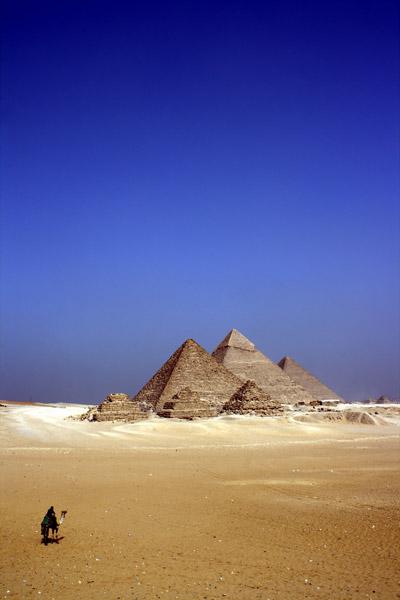
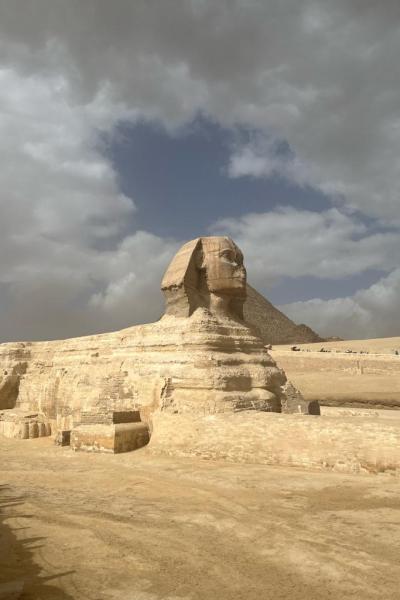
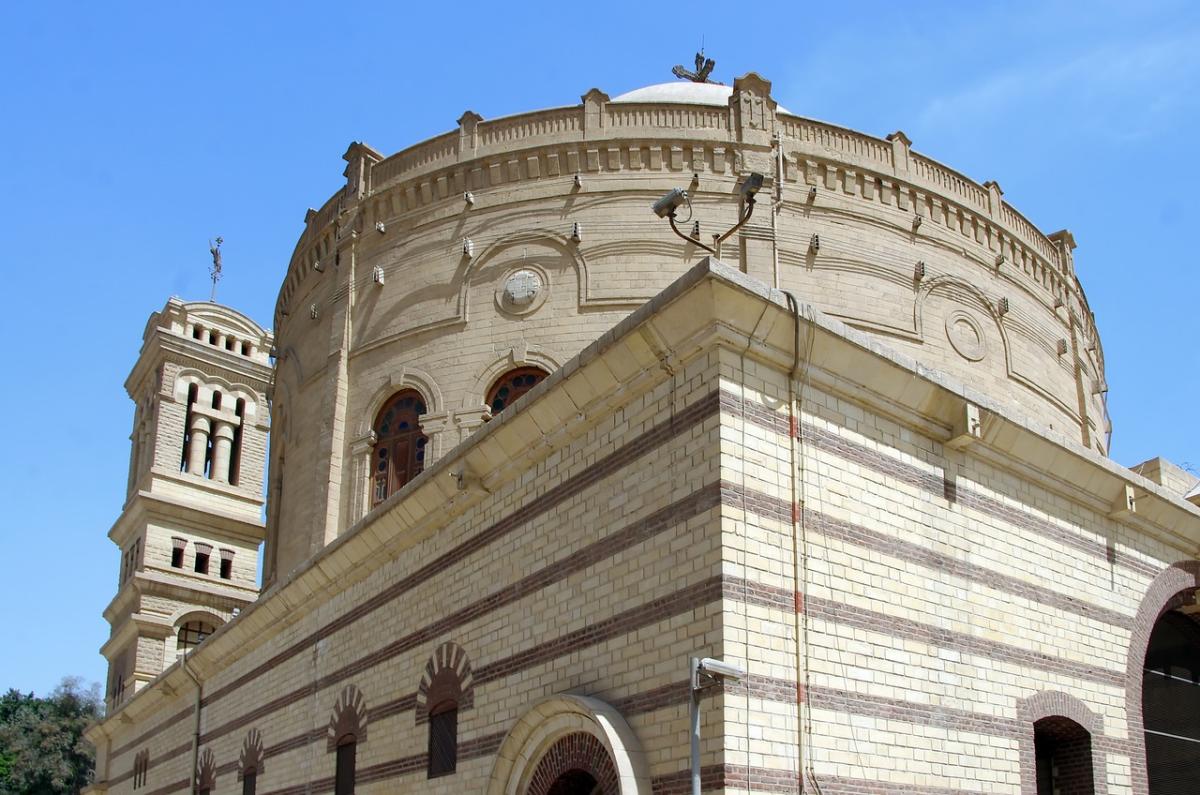
Coptic Cairo, a historic district nestled within Old Cairo, stands as a testament to Egypts rich and enduring Christian heritage. This ancient enclave, a place where Pharaonic, Greco-Roman, and Islamic cultures have intertwined, offers a profound glimpse into the spiritual and cultural legacy of one...
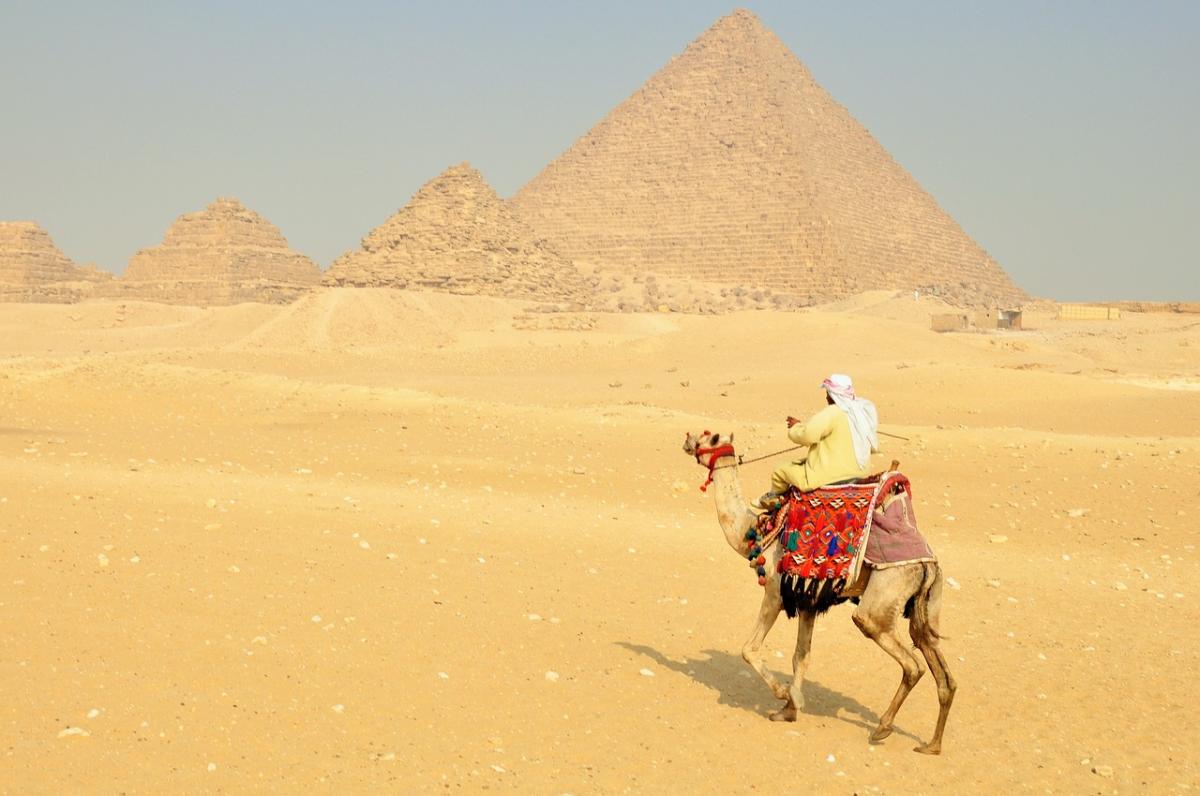
The Giza Pyramids, located near Cairo in Egypt, are one of the most iconic and recognizable ancient monuments in the world. Considered a wonder of the ancient world, they are some of the oldest and largest structures ever built by humans. While there is still much debate on their exact purpose or how...
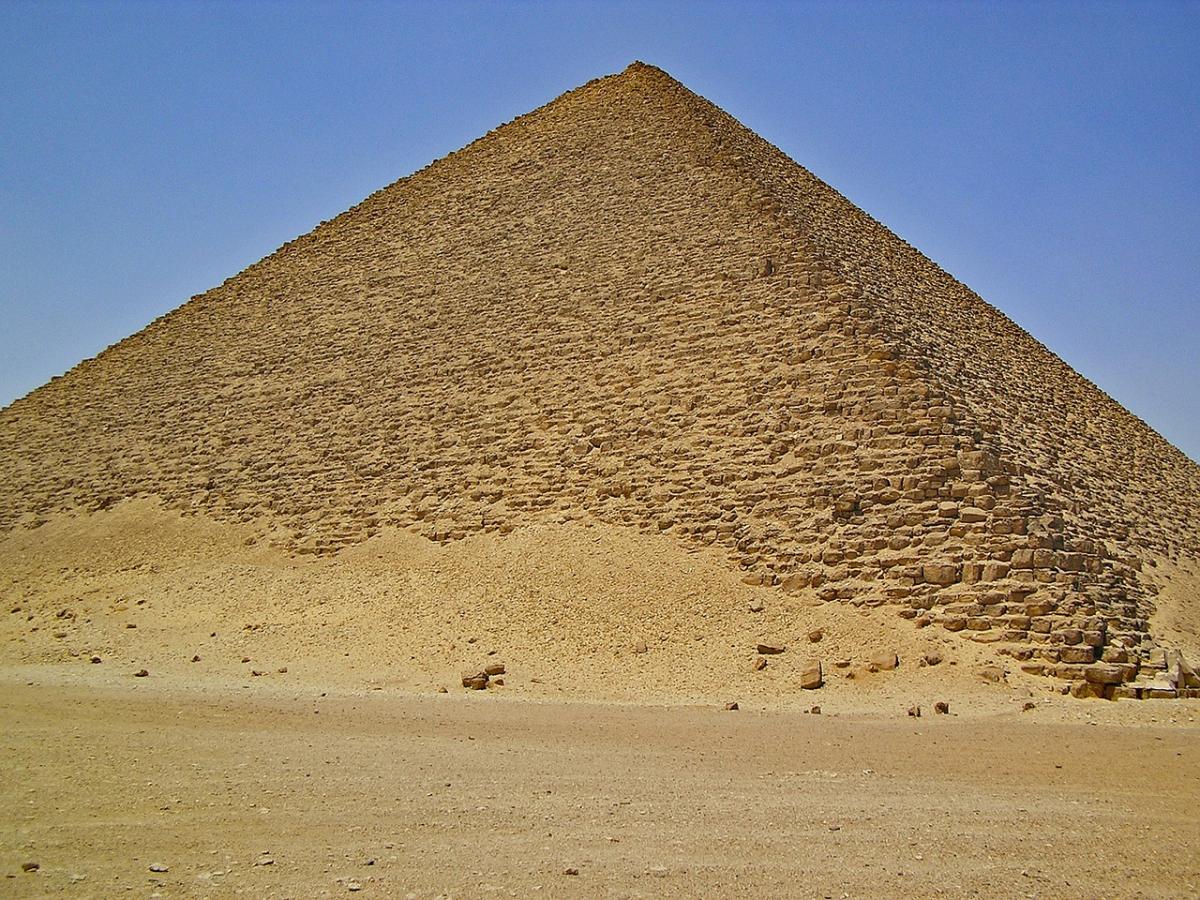
Dahshur is an ancient necropolis located in the Cairo Governorate of Egypt. It is home to two impressive pyramids, which have become iconic symbols of Ancient Egyptian architecture: The Red Pyramid and the Bent Pyramid. Built during the Fourth Dynasty, these monumental structures are among some of the...